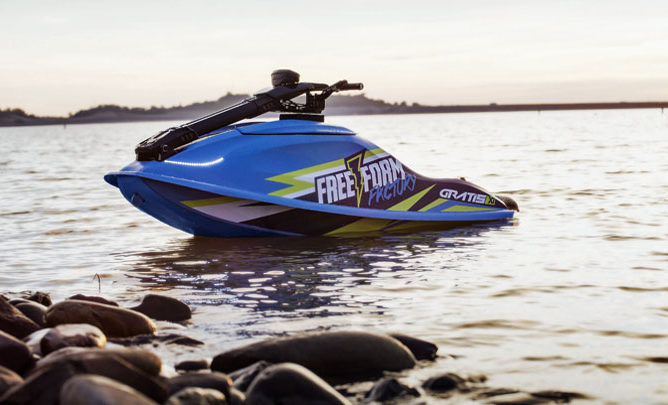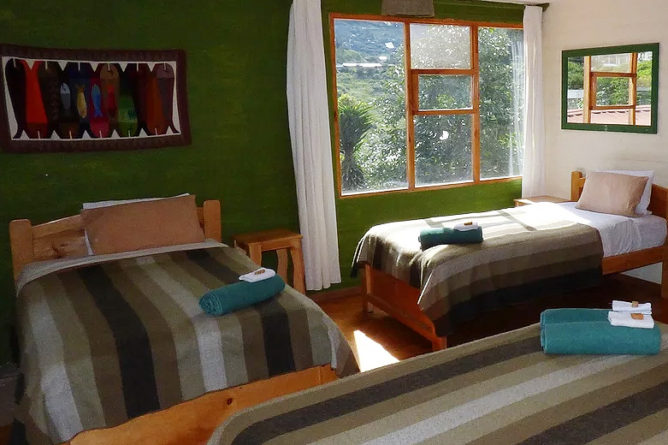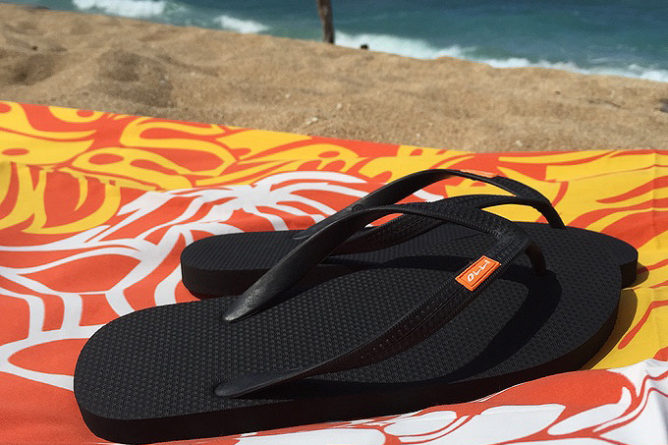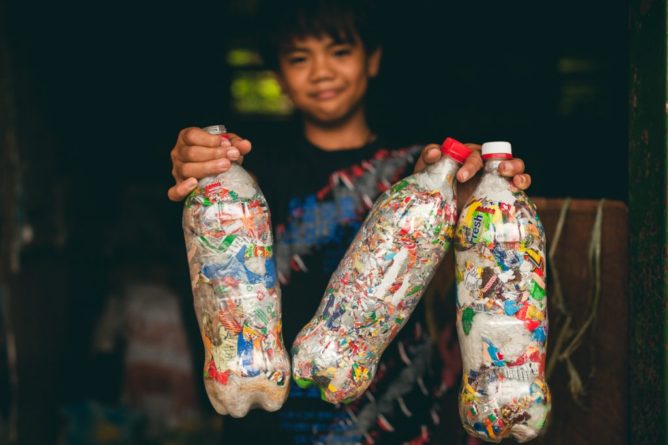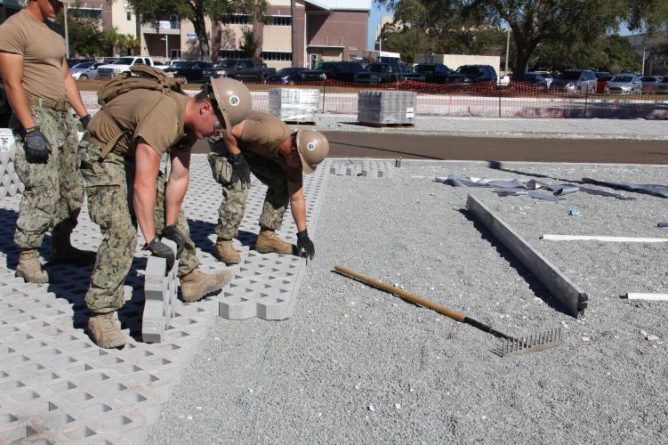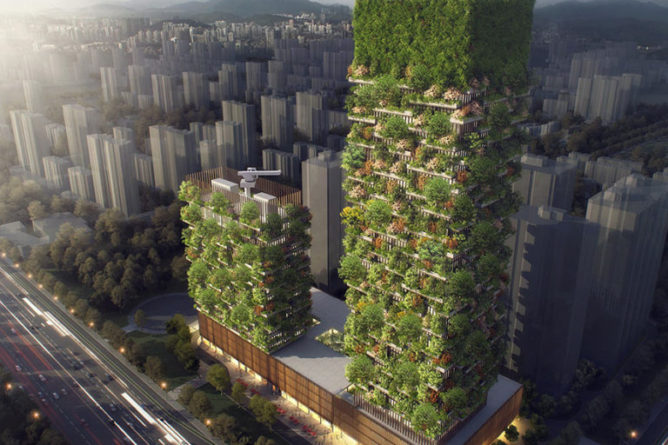In 2011, plans for a vertical forest in Milan were announced. Stefano Boeri Architetti was the brains behind the project, and Bosco Verticale (Vertical Forest) was formally opened in October 2014, featuring a pair of residential towers in the Porta Nuova district of Milan. Bosco Verticale has since won quite a few awards; the jury of International Highrise Award (IHP) 2014 considered the project the world’s most innovative highrise, and the Council on Tall Buildings and Urban Habitat promoted by the Illinois Institute of Technology of Chicago has recognized Bosco Verticale as the Best Tall Building of 2015.
The second vertical forest by the same company is set to rise in Lausanne, Switzerland, and the project features apartments, a gym, offices, and a restaurant on the top floor. Construction is set to begin this year on the 117-meter-tall building, which will be called “La Tour des Cedres” or “The Cedar Trees Tower.”
Now the vertical forest concept is being brought to Asia for the first time with the Nanjing Towers, which will rise in Pukou District of Nanjing, China, and is expected to feature 1,100 flourishing trees from 23 local species, as well as 2,500 cascading shrubs and plants. Overall, the buildings are expected to produce 132 pounds of oxygen every day. The taller tower (200 meters tall) will house offices, a museum, a green architecture school, and a private club on the rooftop. The smaller tower (108 meters tall) will house a Hyatt hotel and a rooftop swimming pool, and the podium will contain restaurants, a conference hall, and shops, among others.
Photo: Stefano Boeri Architetti

